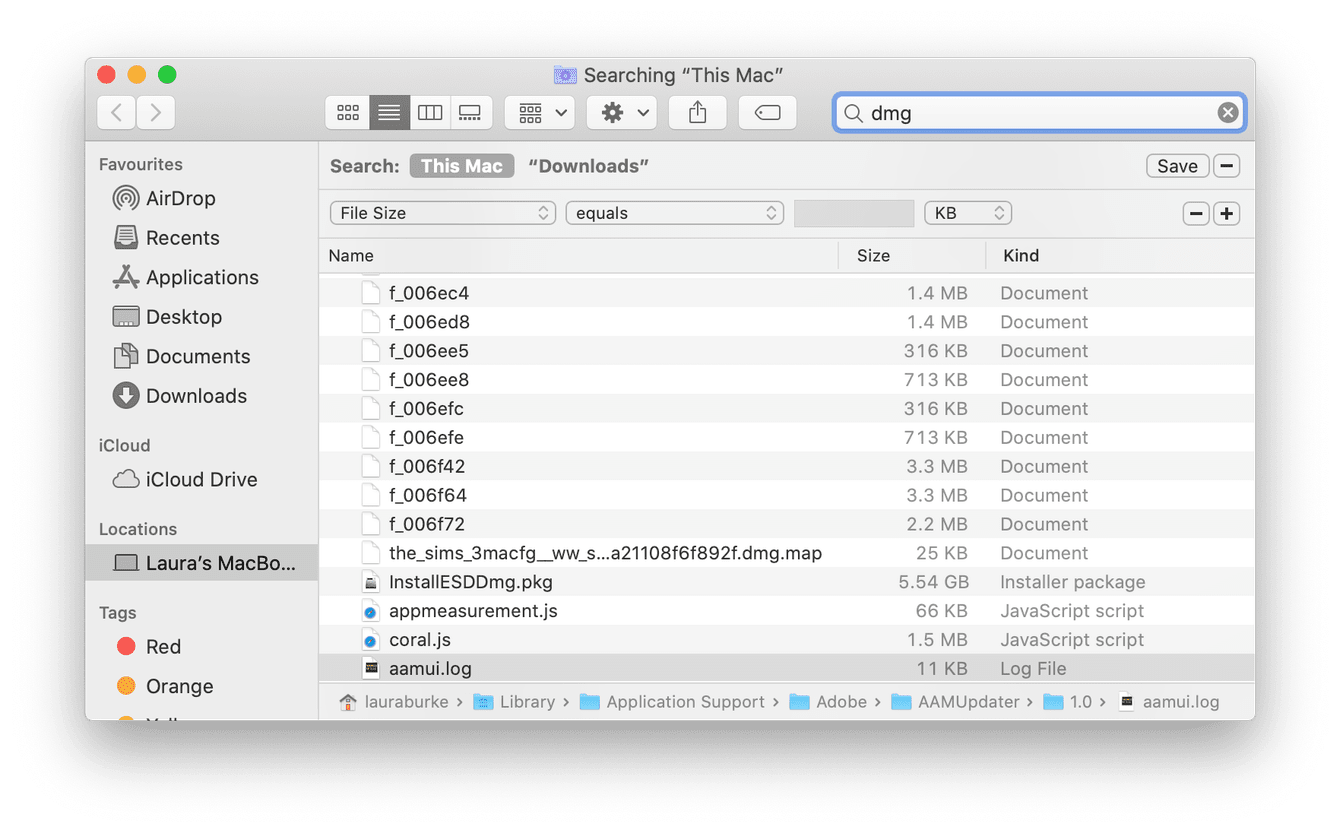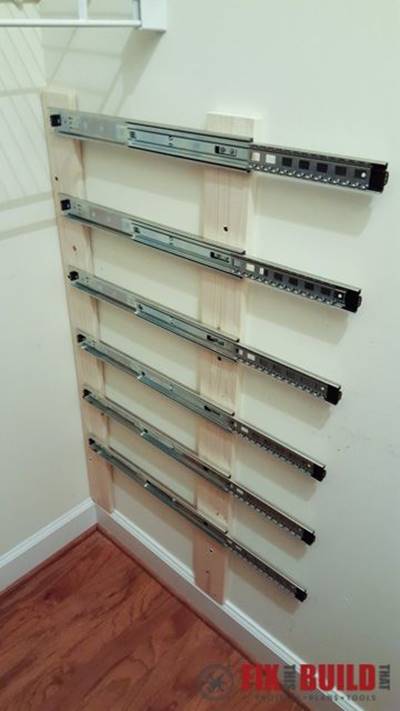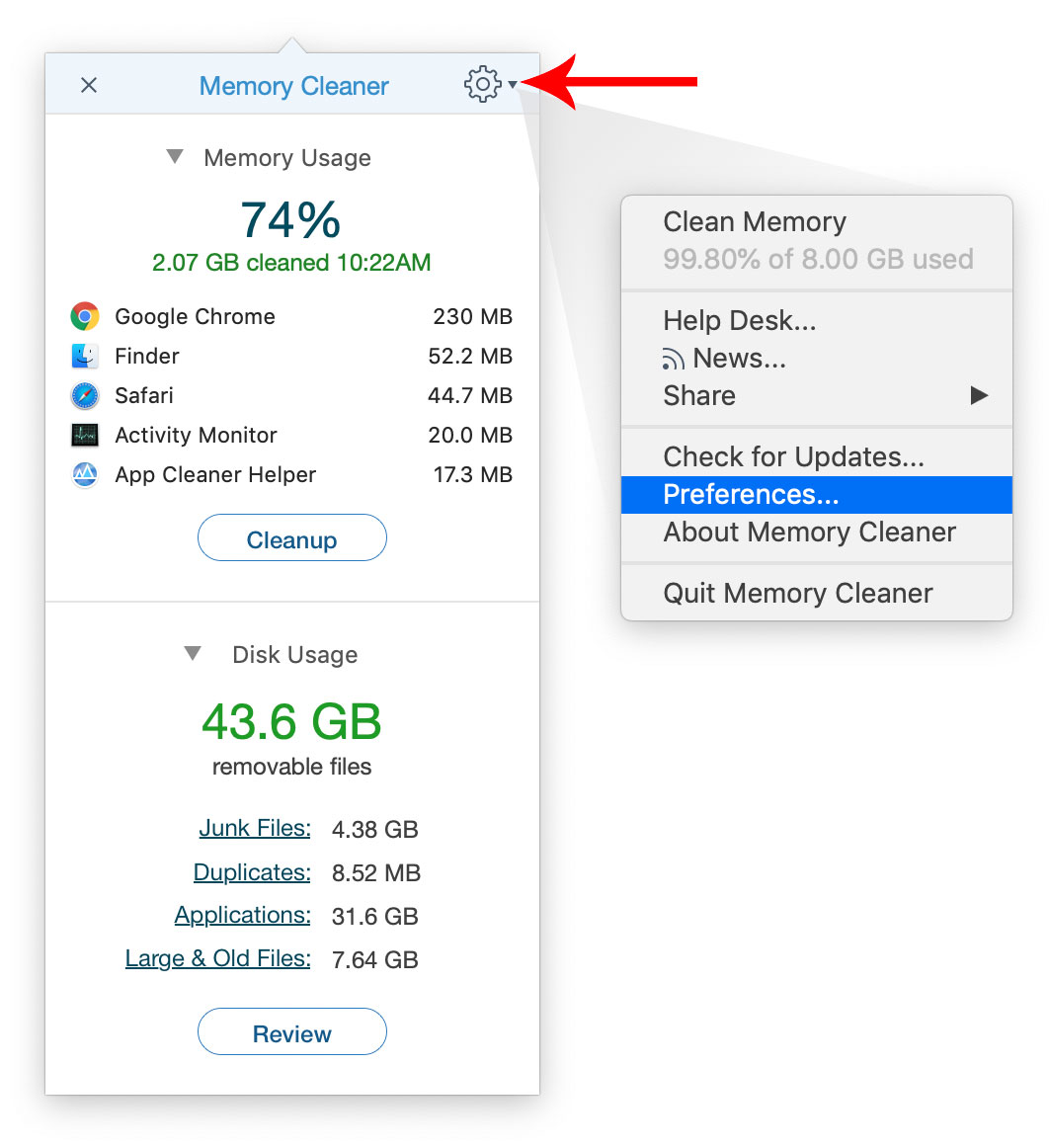


it also has built-in app uninstaller which performs well and removes unwanted program files including traces.Įmpty your Mac OS X trash bin. When you delete an item on a Mac, it is placed in the “Trash” in your Mac OS X dock. However, it still takes up hard drive space until you clean out the Mac hard drive by emptying the trash. Click “Finder” in the top menu bar and select “Empty Trash” from the drop-down menu.

While windows users can do a disk cleanup by directly using the inbuilt disk cleanup feature, Mac users might have to do some manual searching. Removing temporary files, system cache, OS updates, and obsolete files that you don’t need might be monolithic task depending on your system and data size. Once you are finished, you should have additional free space in macOS High Sierra.Open up Mail, and click on the folder that you want to find and remove attachments for. Once you do that for all of your listings, you should be able to run sudo tmutil listlocalsnapshots / in Terminal and see an empty list. Once you press Enter, it will be deleted.Based on my listings, I come up with tmutil deletelocalsnapshots -154852. Next, copy and paste this command into Terminal: tmutil deletelocalsnapshots.The dates are the key thing you need to remember. You’ll see a list backups with dates attached.Next, enter your local administrator password.Copy and paste this command into Terminal: sudo tmutil listlocalsnapshots /.macOS is supposed to deal with this automatically, but I like to speed up the process so I can have a better understanding of what is using my disc space. The problem relates to on-disk Time Machine backups, and how macOS stores them. Thanks to an Apple support forum, I found out you can do some terminal tricks to fix this. Do you ever look at the amount of space used on your computer in High Sierra and know it’s completely wrong, especially after you delete some old files? This has happened to me often.


 0 kommentar(er)
0 kommentar(er)
